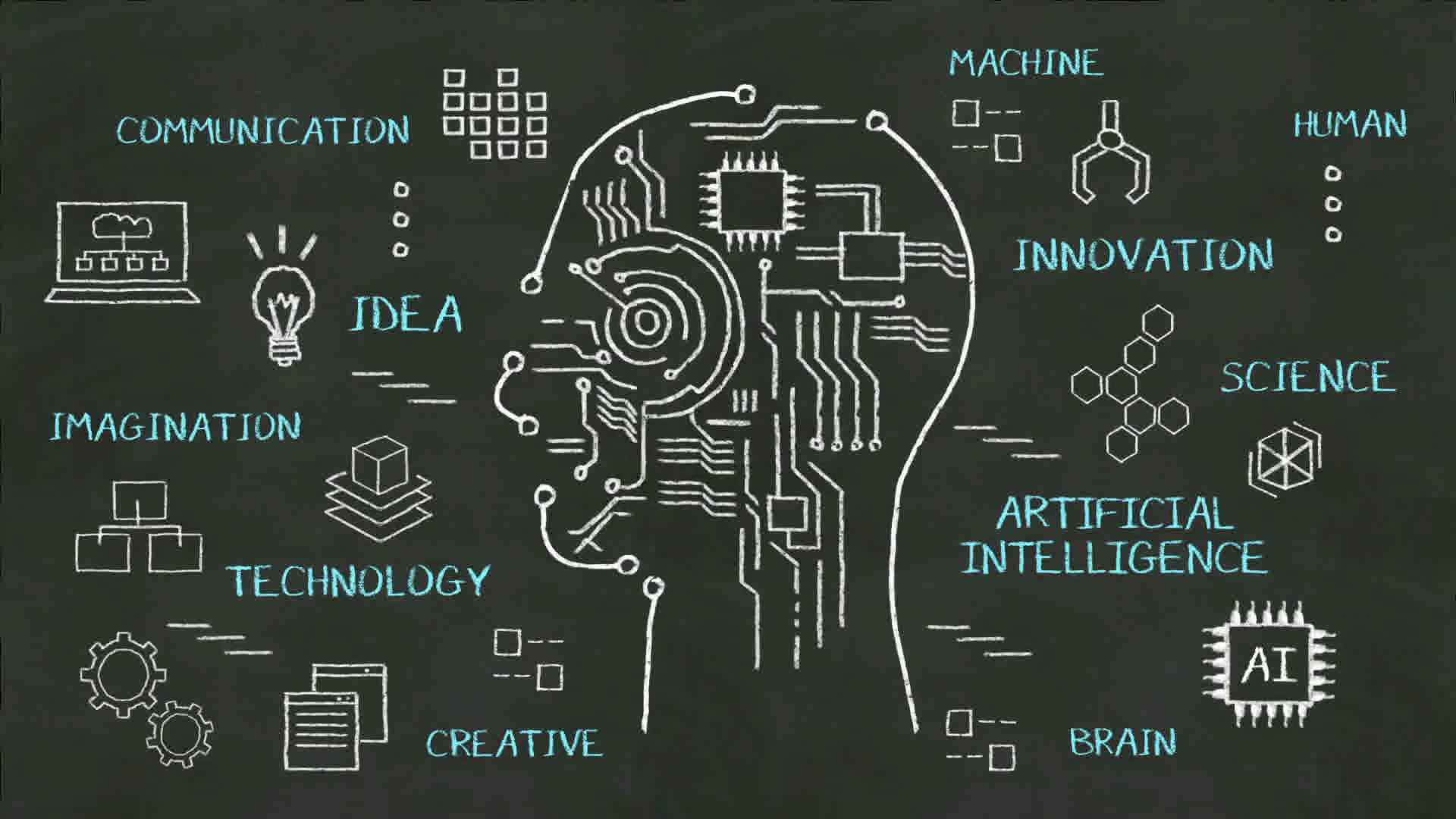
In today’s fast-paced digital world, engaging audiences across various platforms has never been more crucial. With the explosion of video content, ensuring accessibility and inclusivity has become a top priority for content creators. One of the simplest yet most effective ways to enhance viewer engagement is through the use of auto captions and subtitle generators. By harnessing these powerful tools, creators can reach wider audiences, breaking down language barriers and catering to those with hearing impairments.
Auto caption generators have revolutionized the way we consume video. No longer is it a tedious task to add subtitles to content; these innovative solutions automatically generate text that syncs seamlessly with audio. Not only do they save valuable time for video producers, but they also enhance viewer comprehension and retention. As we delve deeper into the mechanics and benefits of subtitle generators, we will discover how they can transform videos into more accessible and engaging experiences for everyone.
Understanding Auto Captions
Auto captions are automated text transcriptions that provide a visual representation of spoken content in videos. Leveraging advanced speech recognition technology, these systems listen to the audio and convert it into text in real time. This not only enhances accessibility for individuals with hearing impairments but also allows viewers to consume content in various environments where sound may not be an option.
As demand for video content continues to grow across platforms, the importance of auto captions has become increasingly clear. They bridge language barriers, allowing non-native speakers to follow along without needing to understand the spoken language perfectly. Moreover, many auto caption generators include translation features, broadening the audience reach and improving viewer engagement.
However, the quality of auto captions can vary depending on the software and the clarity of the audio. Issues such as background noise, accents, and overlapping dialogue can lead to inaccuracies in transcription. It’s essential for content creators to review and edit auto-generated captions to ensure they are accurate and effectively convey the speaker’s message. Investing time in enhancing these captions can significantly elevate the viewer experience.
Benefits of Subtitle Generators
Subtitle generators offer a range of advantages that enhance the accessibility and reach of video content. One of the most significant benefits is that they make videos accessible to individuals who are deaf or hard of hearing. By providing auto captions, content creators ensure that their messages are conveyed to a broader audience, fostering inclusivity and compliance with accessibility standards. This allows viewers to engage with content that they might otherwise miss, creating a more welcoming environment.
Another important benefit is the improved viewer engagement that comes with the use of auto subtitle generators. When viewers can read along with the spoken dialogue, they are more likely to stay focused and understand the content better. This can lead to increased retention rates and overall satisfaction with the viewing experience. Additionally, subtitles can help non-native speakers to better comprehend the language used in the video, thereby attracting international audiences and expanding the content’s global reach.
Finally, auto caption generators save time and resources for content creators. Manually transcribing and captioning videos can be a labor-intensive process, but with automated tools, this task becomes significantly easier and quicker. This efficiency allows creators to focus more on producing quality content rather than getting bogged down in the logistics of captioning. With the ability to generate accurate subtitles quickly, creators can ensure their content is ready for a wider audience in a fraction of the time.
Choosing the Right Tool
When selecting a subtitle generator, it is essential to consider your specific needs and preferences. Different tools offer various features, such as support for multiple languages, customization options, and integration with different video platforms. Assessing these functionalities can help you find a solution that aligns with your workflow and content goals. Understanding the requirements of your audience can also guide your choice, ensuring you select a generator that enhances their viewing experience.
Another crucial aspect to evaluate is the quality of the generated captions. Look for tools that utilize advanced speech recognition technology to provide accurate transcriptions. Read user reviews and test out samples to see how well the tool performs with distinct accents and terminologies. A reliable auto caption generator can drastically reduce the time spent on manual editing, making it a valuable asset in your content production process.
Finally, consider the pricing and support options available with each tool. While many subtitle generators offer free versions, they may come with limitations that could hinder your projects. Paid options often include additional features and customer support, which can be beneficial if you encounter any issues. An investment in a quality auto subtitle generator can pay off in improved accessibility and audience engagement, so weigh the costs against the benefits they bring to your content creation efforts.
Best Practices for Effective Subtitles
To create effective subtitles, it is essential to maintain clarity and readability. Subtitles should sync well with the audio, appearing on screen long enough for viewers to read comfortably. A general rule is to display two lines of text, with each line containing no more than 42 characters. This ensures that the text does not overwhelm the viewer and allows for a smoother viewing experience.
Another important practice is to ensure that the language used in subtitles is simple and straightforward. Avoid technical jargon and idiomatic expressions that may confuse viewers who are not familiar with the language or topic. This not only aids comprehension but also makes the content more accessible for a wider audience, including non-native speakers and those with hearing impairments.
Additionally, proper formatting plays a crucial role in enhancing subtitle effectiveness. Use a clear and legible font, and consider utilizing contrasting colors for the text to stand out against the background. Consistency in style, such as capitalization and punctuation, also contributes to a professional appearance. By adhering to these best practices, creators can significantly improve viewer engagement and understanding of their content.